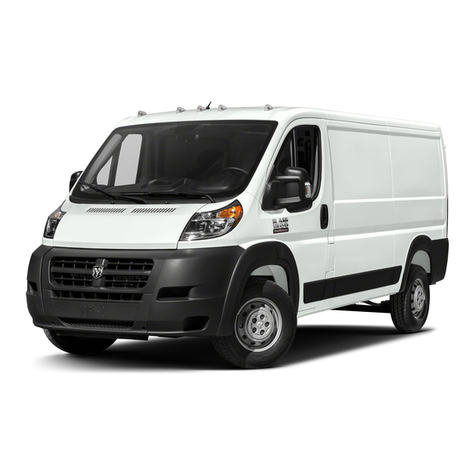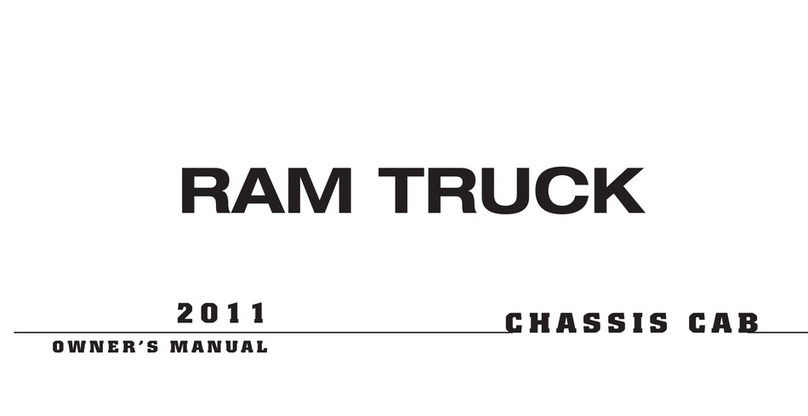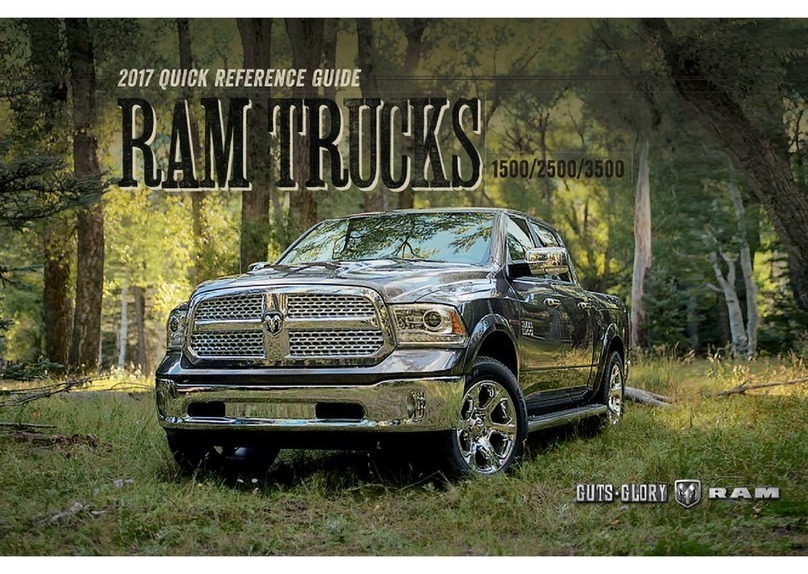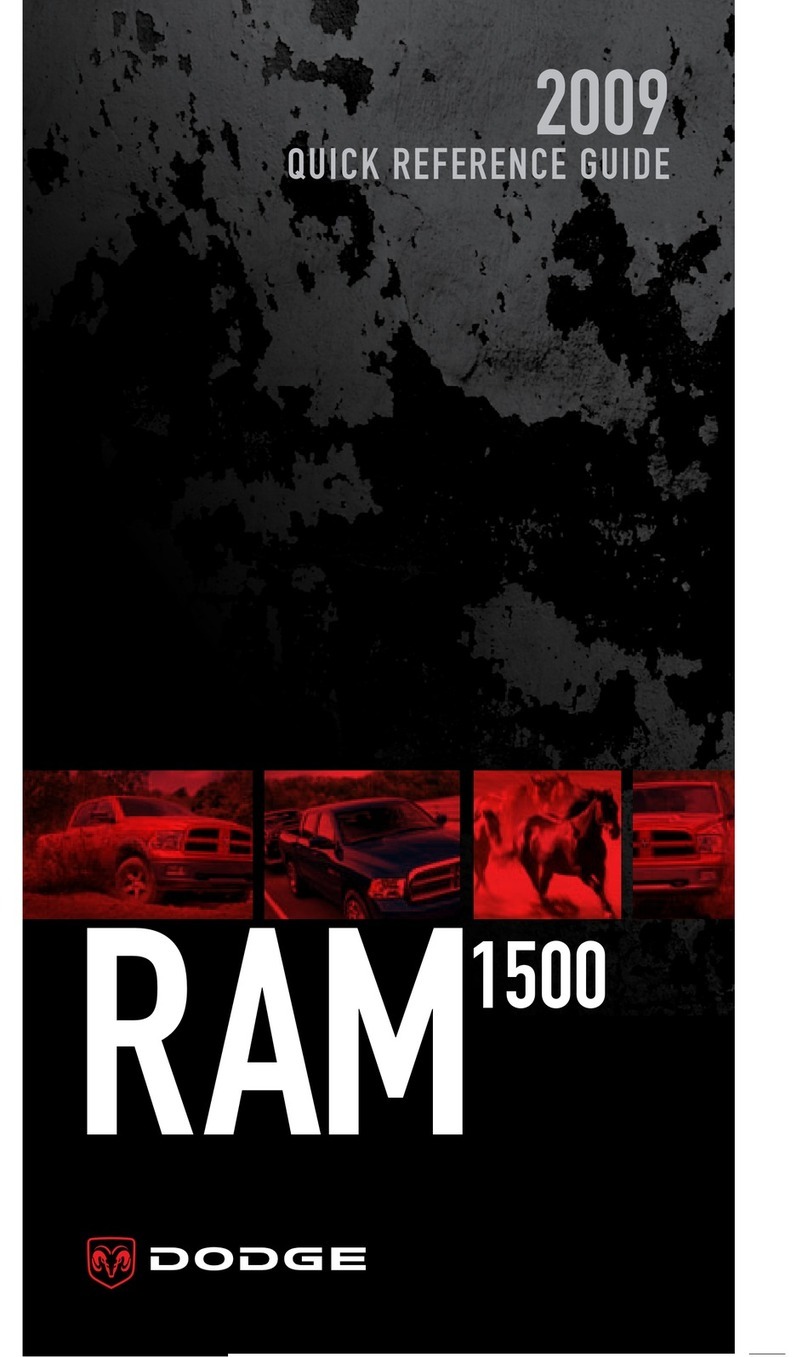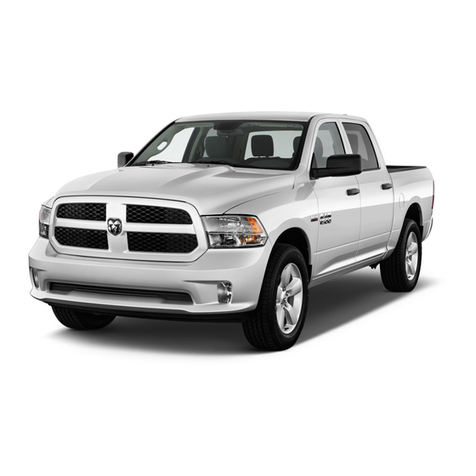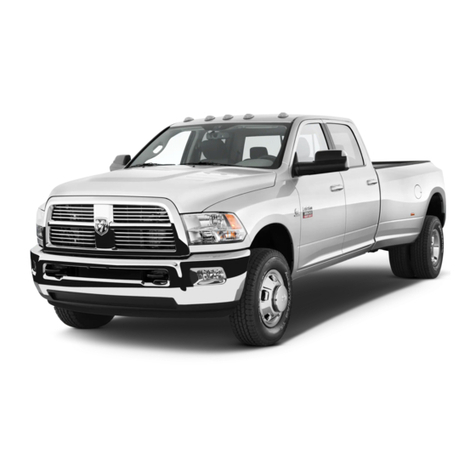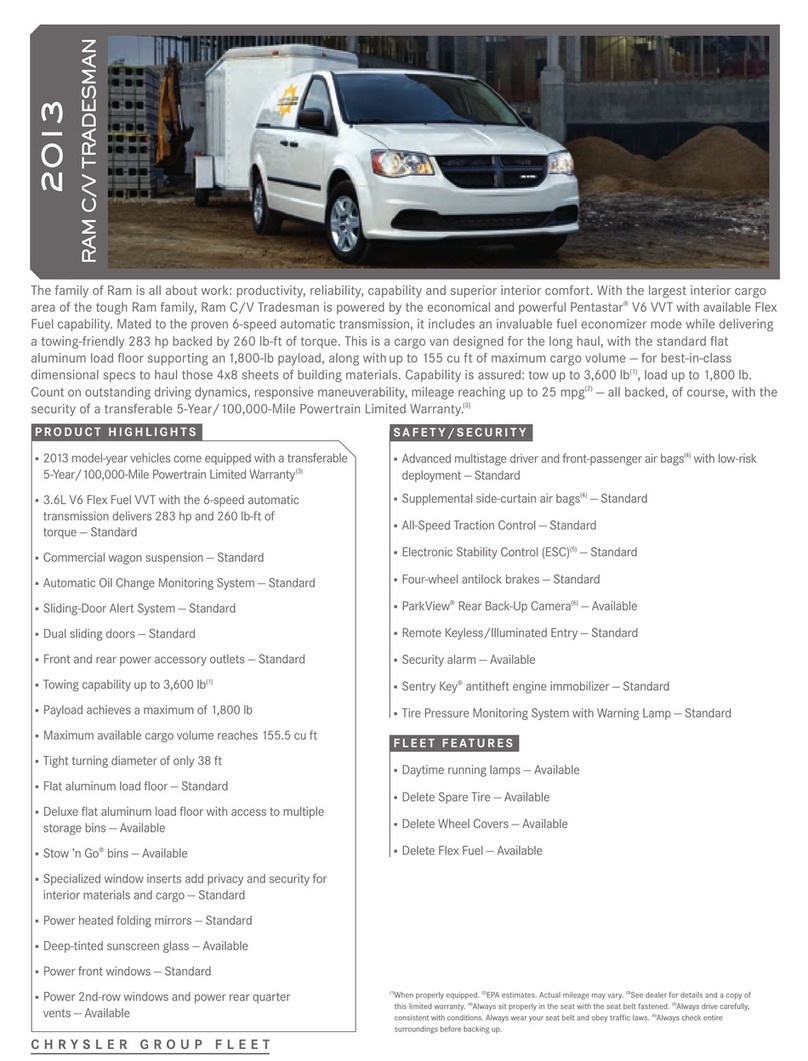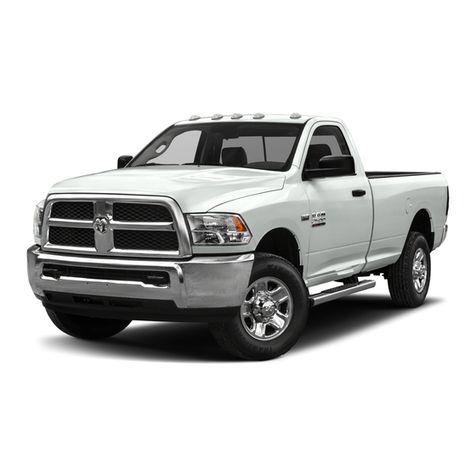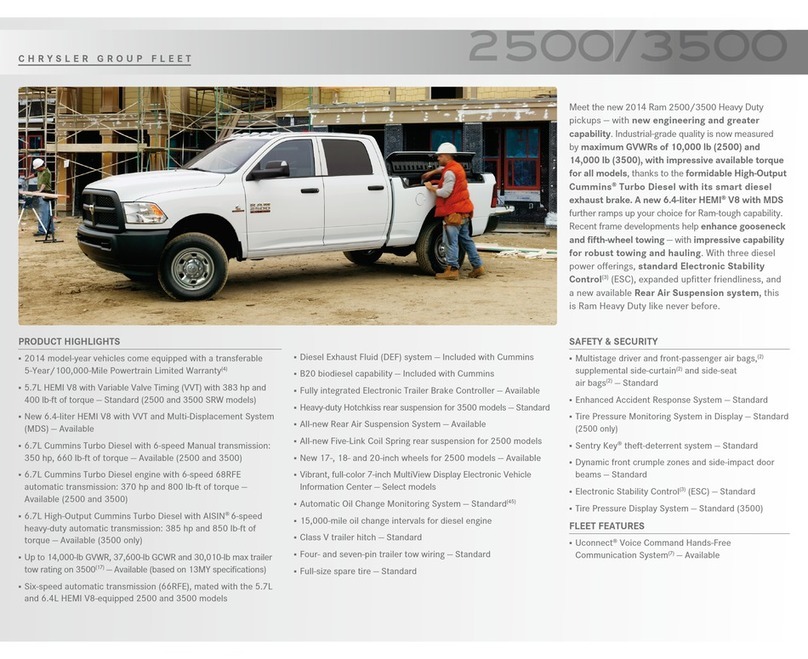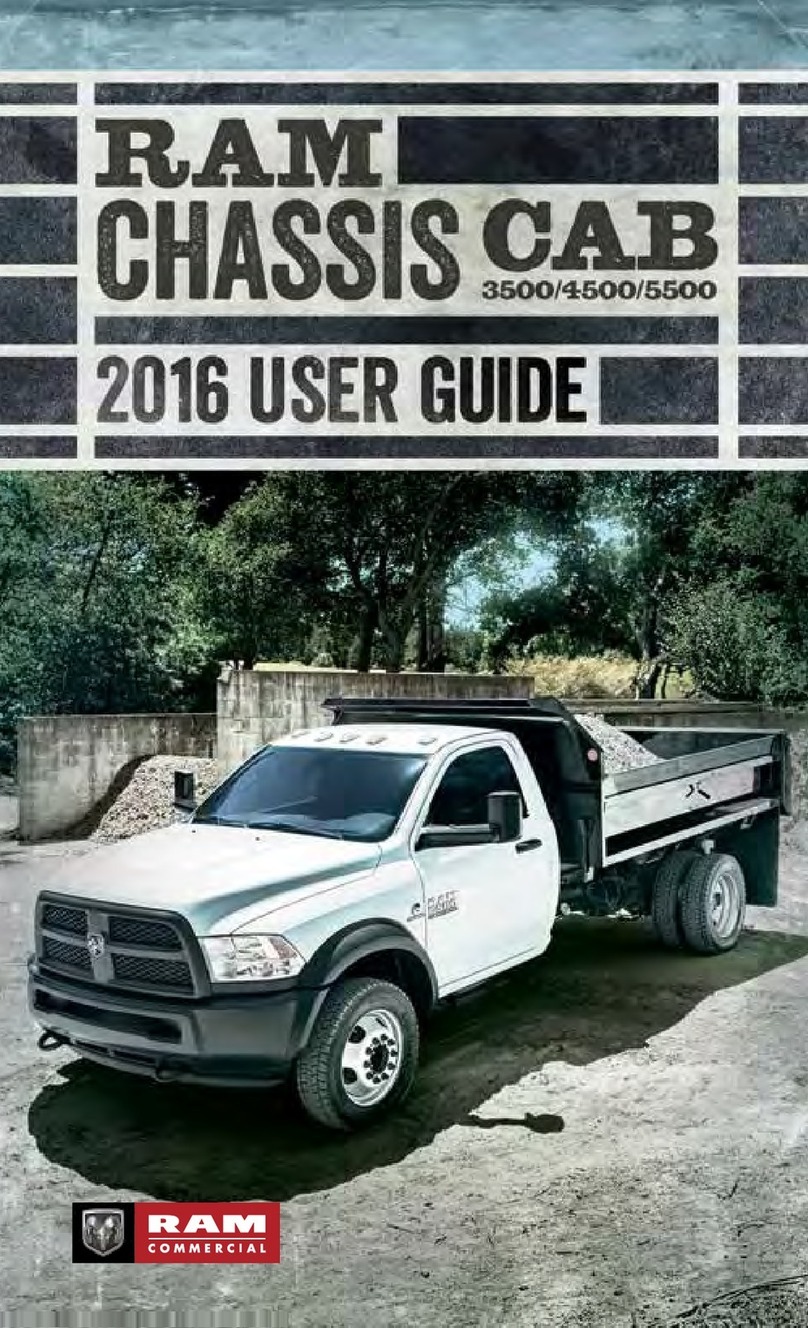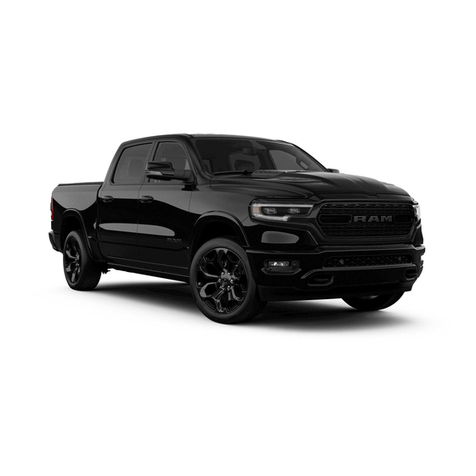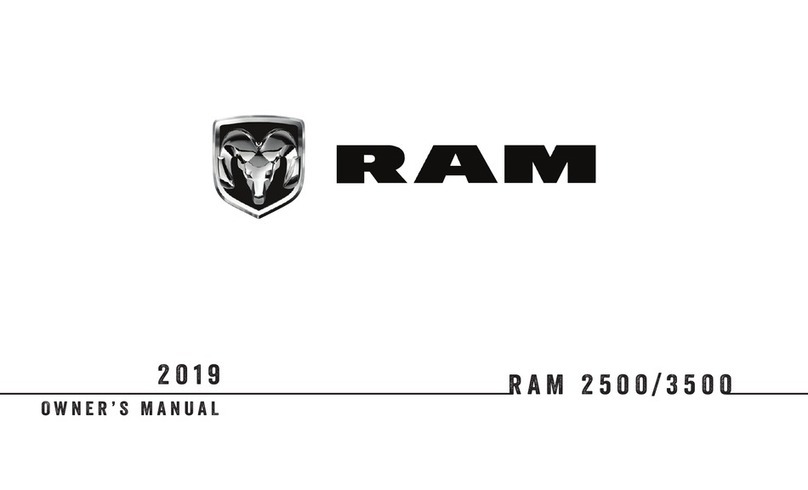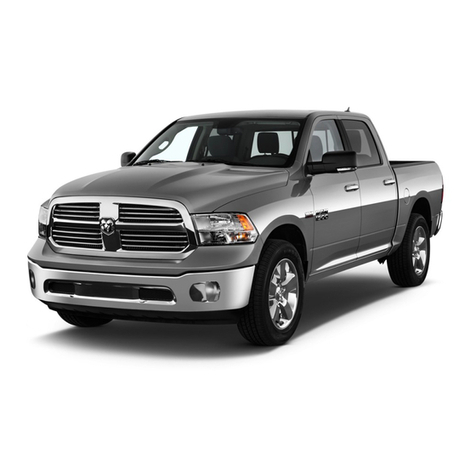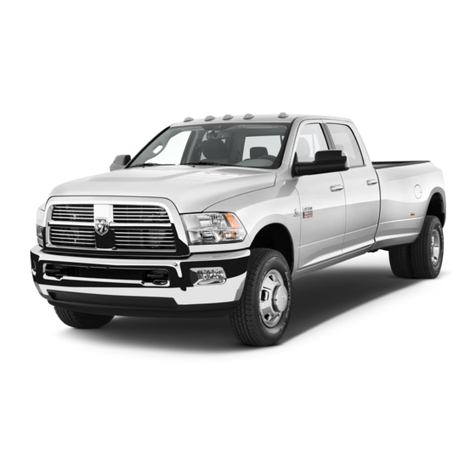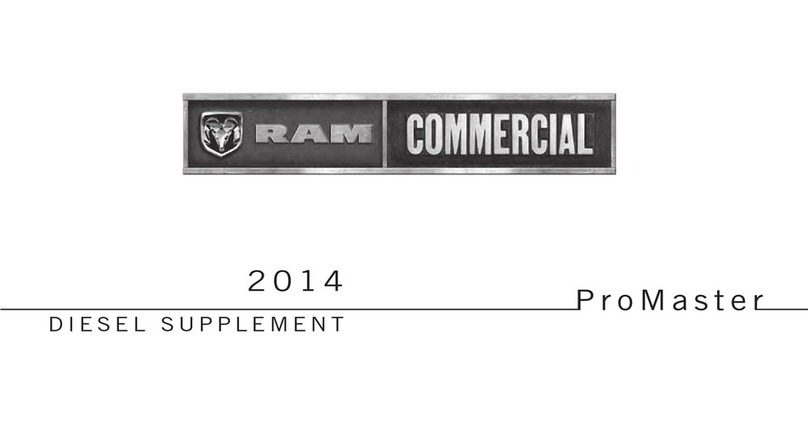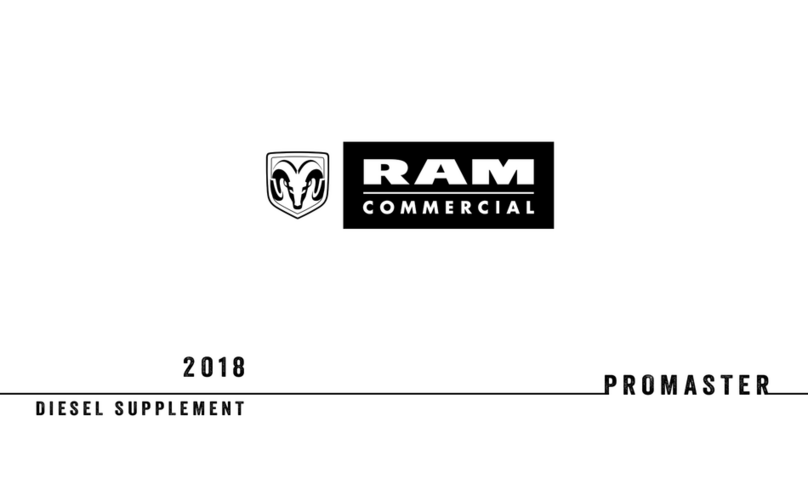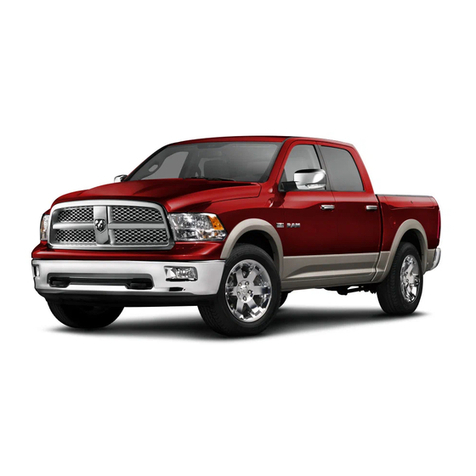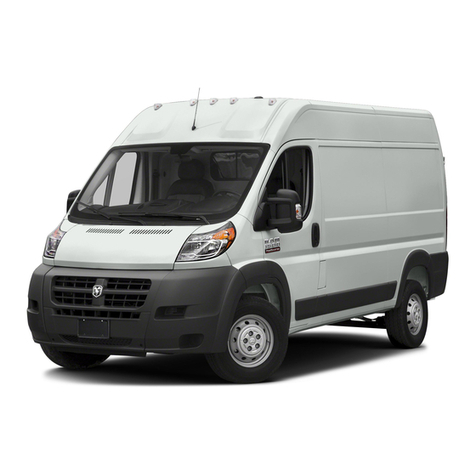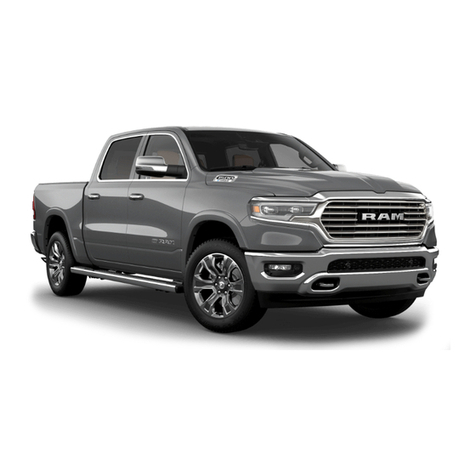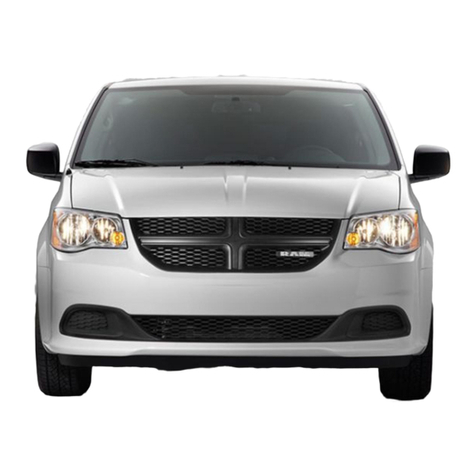
7
LIMITED-SLIP DIFFERENTIAL — IF
EQUIPPED ........................................146
STOP/START SYSTEM — IF
EQUIPPED ........................................147
Automatic Mode ..................... 147
Possible Reasons The Engine Does
Not Autostop.......................... 147
To Start The Engine While In
Autostop Mode .......................148
To Manually Turn Off The Stop Start
System ..................................149
To Manually Turn On The Stop Start
System ..................................149
System Malfunction................ 149
SPEED CONTROL — IF EQUIPPED ......149
To Activate ............................ 150
To Set A Desired Speed...........150
To Resume Speed ..................150
To Deactivate ........................ 150
ADAPTIVE CRUISE CONTROL (ACC)
OPERATION ......................................151
Activation ............................. 151
To Set A Desired ACC Speed ... 151
To Vary The Speed Setting ...... 152
To Resume ............................ 153
Deactivation .......................... 153
Setting The Following Distance In
ACC ...................................... 153
ACC Operation At Stop............ 154
Changing Modes .................... 154
General Information................ 155
PARKSENSE FRONT AND REAR PARK
ASSIST............................................156
ParkSense Sensors ................. 157
ParkSense Warning Display ..... 157
Enabling And Disabling Front And/Or
Rear ParkSense...................... 157
ParkSense System Usage
Precautions ........................... 157
PARKSENSE ACTIVE PARK ASSIST
SYSTEM ..........................................159
LANESENSE — IF EQUIPPED ............160
LaneSense Operation.............. 160
Turning LaneSense On Or Off .. 160
LaneSense Warning Message... 160
Changing LaneSense Status .... 161
PARKVIEW REAR BACK UP CAMERA ..161
SURROUND VIEW CAMERA SYSTEM — IF
EQUIPPED........................................163
REFUELING THE VEHICLE .................165
Materials Added To Fuel ......... 166
TRAILER TOWING .............................167
Trailer Towing Weights (Maximum
Trailer Weight Ratings) .......... 167
Towing Requirements ............ 167
RECREATIONAL TOWING (BEHIND
MOTORHOME, ETC.) ........................171
Towing This Vehicle Behind Another
Vehicle.................................. 171
Recreational Towing — Two-Wheel
Drive Models.......................... 171
Recreational Towing — Four-Wheel
Drive Models.......................... 172
IN CASE OF EMERGENCY
HAZARD WARNING FLASHERS ..........175
ASSIST AND SOS SYSTEM — IF
EQUIPPED........................................175
BULB REPLACEMENT ........................179
Replacement Bulbs ............... 179
FUSES .............................................180
Power Distribution Center ...... 180
Internal Power Distribution
Center .................................. 183
